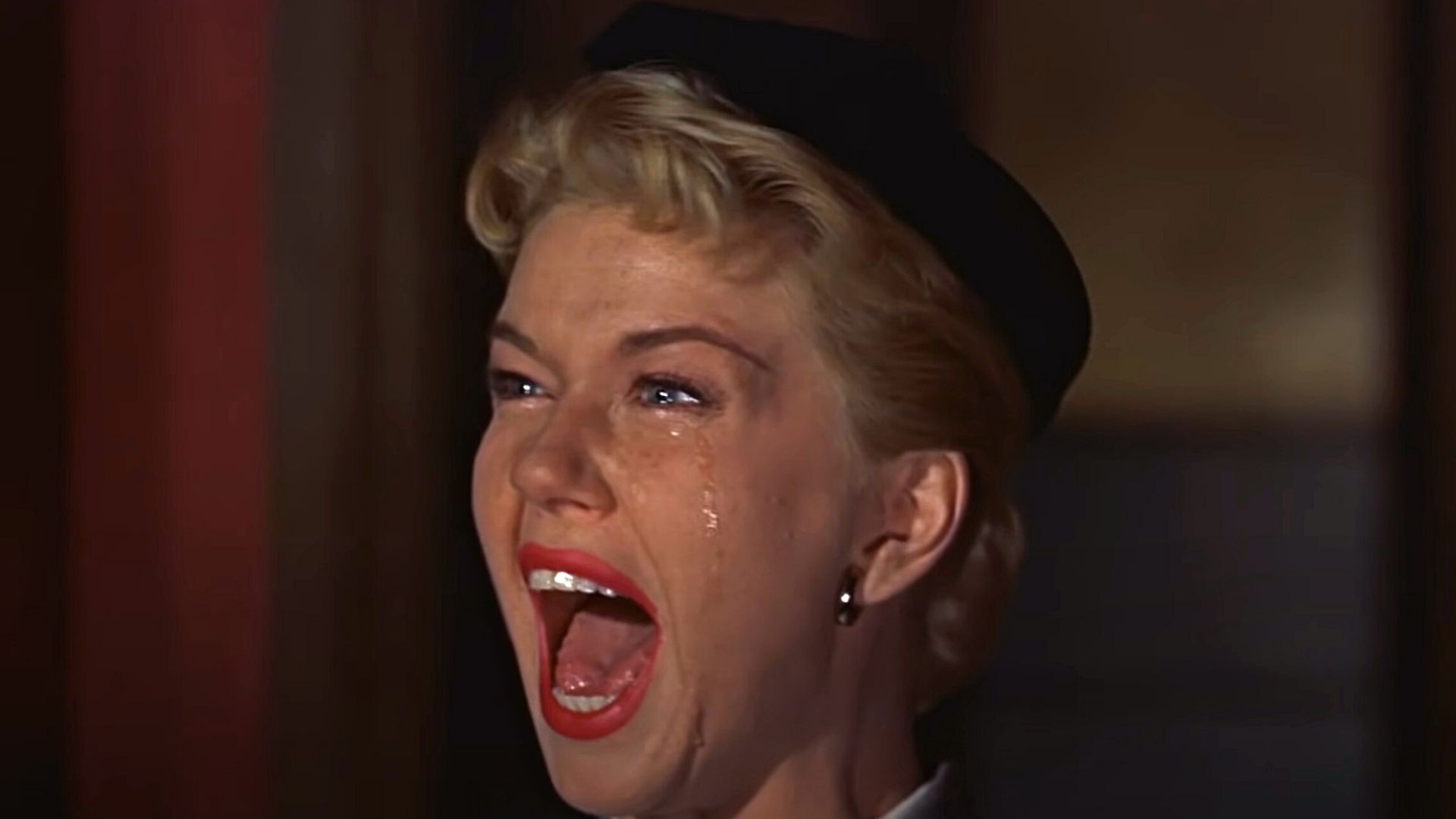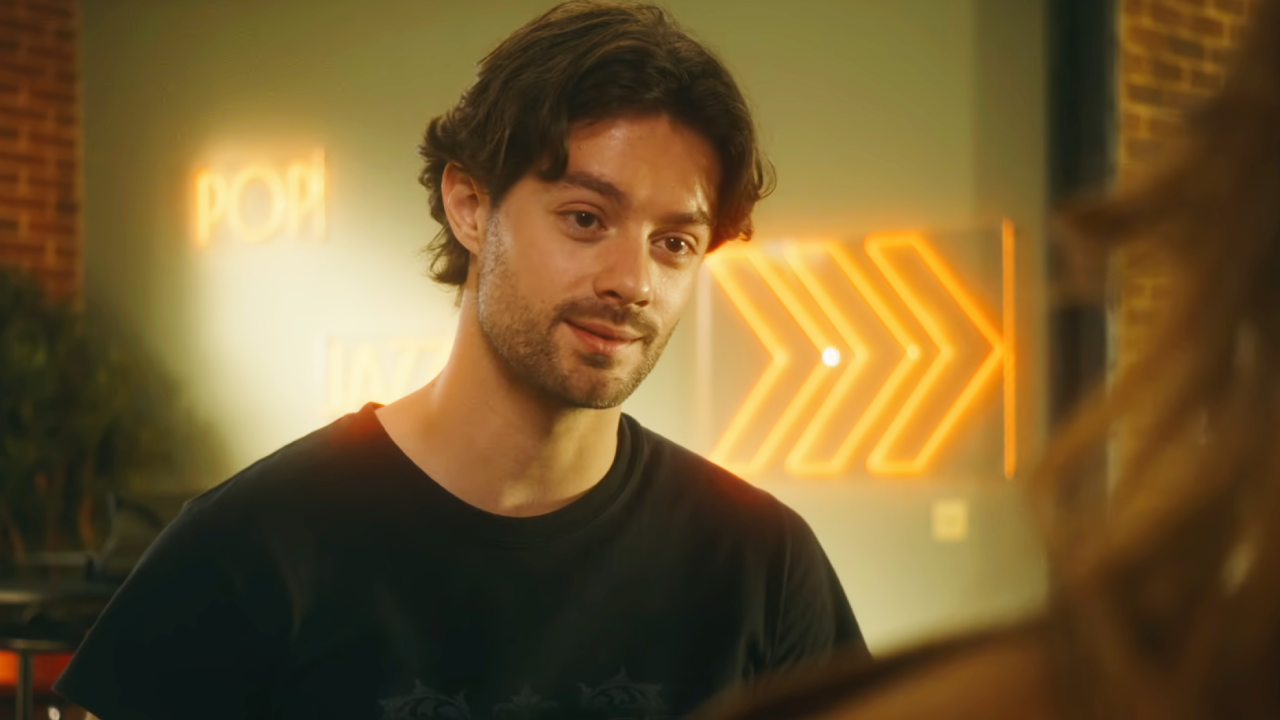The Royal Albert Hall scene: a lesson in suspense
In The man who knew too muchthe McKenna couple (James Stewart and Doris Day) find themselves at the heart of an international conspiracy after witnessing a murder in Morocco. The film’s climax takes place in London’s famous Royal Albert Hall, where Alfred Hitchcock orchestrates a scene of rare intensity, often considered one of his greatest achievements.
The sequence, almost 12 minutes long, is based almost entirely on music and images. While the orchestra plays a dramatic symphony, an assassin prepares to shoot a political figure at the precise moment the cymbals ring. Jo McKenna (Doris Day), who discovered the plot, is in the audience, unable to intervene without endangering her son’s life.
Hitchcock plays with time and silence here. No dialogue interrupts this increase in orchestral tension. As the music intensifies, the viewer is captivated by every glance, every camera movement, every note that brings the drama closer to its inevitable denouement. The staging alternates close-ups of Doris Day, torn by anguish, and wide shots that capture the intimidating immensity of the room.
An inspiration for Spielberg and De Palma
The scene at the Royal Albert Hall perfectly illustrates Hitchcock’s unique talent for manipulating tension (even if he has one major regret). Rather than using explanatory dialogue, it relies on visual and audio language. The music of Bernard Herrmann, the director’s official composer, plays a central role this dramatic increase. In a bold move, Herrmann himself appears on screen to conduct the orchestra, increasing the realism of the scene.
Hitchcock also uses the space of the Royal Albert Hall as a character in its own right. The grandeur of the place, its nooks and crannies and its dizzying height symbolize Jo’s helplessness in the face of the intrigue unfolding before her eyes. The spectators, immersed in this unbearable tension, feel every moment as if time is lengthening.
This sequence has marked the history of cinema for its ability to maintain extreme tension without the classic narrative devices. He influenced countless directors, from Steven Spielberg to Brian De Palma, who studied how Hitchcock created tension through directing alone.
Source: Cine Serie
Ray Ortiz is a journalist at Gossipify, known for his coverage of trending news and current events. He is committed to providing readers with accurate and unbiased reporting, and is respected for his ability to keep readers informed on the latest news and issues.








